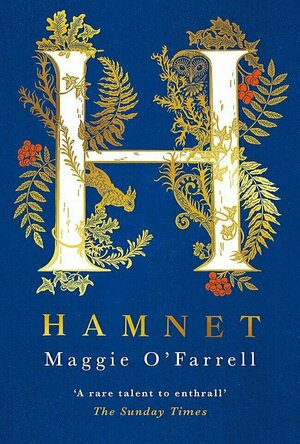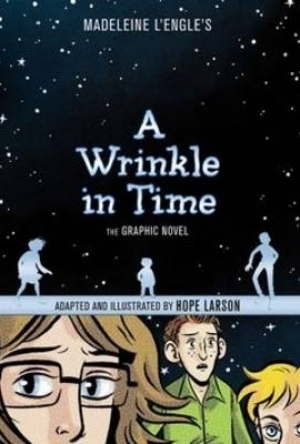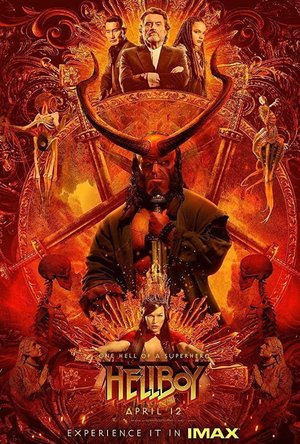Erika (17789 KP) rated Hamnet in Books
Jan 10, 2021
Hamnet is the story of an little, unknown playwright's son, who died of the plague. Just kidding, the playwright is obviously Shakespeare, but he is never named. Which is fine with me, he wasn't the focus.
Nothing much is really known about Hamnet, the author did some extensive research, and created the series of events. I thought they were all plausible, and I always appreciate a heavily researched historical fiction novel.
In truth, the focus of the novel is on Anne Hathaway, called Agnes in this novel. It's possible her true name was Agnes, rather than Anne. Now, I had a slight problem with the character of Agnes in general. This was the major negative in the book for me, I feel as though the woman in the woods, is she or isn't she a witch situation is getting overplayed way too much. Now, I see it as the equivalent as the manic pixie dream girl. I understand this woman of the woods trope is to empower the female characters, but it's just too familiar at this point.
I feel mostly that every book I read is predictable, when you read over 100 books a year, it's hard not to predict the ending. Is it necessarily a bad thing? Of course it's not, but that coupled with the manic pixie woman of the woods is why I can't rate this higher than good.
I have to add that one of my favorite parts, that was probably really unnecessary, was the journey of the plague-carrying flea. I thought it was amusing, and kind of odd.
I can definitely see why this book was up for prizes, and I'm sure to the casual reader, it was better than good.
Becs (244 KP) rated A Wrinkle in Time in Books
Oct 2, 2019
Audience: children – young adult.
Reading level: middle school.
Interests: science fiction, fantasy, mythical creatures
Style: Fantasy Sci-Fi
Point of view: Third Person with a mix of first person.
Difficulty reading: Not at all! As easy as eating a piece of cake.
Promise: Ground-breaking science fiction.
Quality: Like a banana split with extra sprinkles and a cherry on top on a hot day. 🙂
Insights: I absolutely kick myself in the a** for the not reading this sooner. I think everybody should read it, no matter how old you are. And I didn’t know it was part of a 5 book series until today! SAY WHATTTT!!!??? I’m definitely purchasing the complete series brand new (the copy I have is my mother’s and it’s old and ragedy).
Ah-Ha Moment: THE ENTIRE BOOK. No joke. Like I wasn’t expecting the main character to be a girl, let alone so young and to have such an ordinary family. You don’t see that typically!
Favorite Quotes: “Like and equal are not the same thing at all.” – This is great, especially with our history as human beings. We need to be seen as equals not just ‘like’.
“Life, with its rules, its obligations, and its freedoms, is like a sonnet: You’re given the form, but you have to write the sonnet yourself.” – Be true to yourself, for there is nobody like you in the entire universe.
“Experiment is the mother of knowledge.” – You can’t just go into life expecting to know everything and how it’s all going to end. You have to experiment because then you gain the knowledge that others may have not known.
Aesthetics: My old first edition copy has a really neat cover, it’s what drew me in originally. I loved the take on the story and how in my mind, I can actually imagine the different characters and their surroundings. It’s a weird yet interesting book.
“People are more than just the way they look.”
Logan Eccles (135 KP) rated Hellboy (2019) in Movies
Oct 1, 2020 (Updated Oct 2, 2020)
Before I go on with my Review fans of the Ron Pearlman Hellboy who are expecting this one to be the same especially after the first official trailer came out and it did just look like the same movie. It is not. I repeat IT IS NOT. Director Neil Marshall and screenplay writer Andrew Cosby made a movie more based on Mike Mignolas' comic. I know, I know, some of you are reading this going "so did Guillermo idiot!" And yes you are right but this film is Centered around the work from start to finish. I felt like I was watching a comic. As soon as it starts black and Wight with only red popping out it gives that Hellboy comic tone. Even the makeup and structure of Hellboy in this film look more like the comic.
Though the story is somewhat similar to the original movie it is just enough different to set it apart. The ensemble of characters does a good job of that. The set up of the new characters is great and they feel like they belong as opposed to just being replacements like I thought theywould be. Sasha Lanes' Alice and Daniel Dae Kims' Major Ben Daimio are great and different. When they finally come together as a full-fledged team, in the end, I was ready for more. As unlikely as that is I hope they do get a sequel because it showed potential for one and it was really fun. However, I am sorta glad I didn't see it in theaters I feel like its a better-enjoyed movie for home.
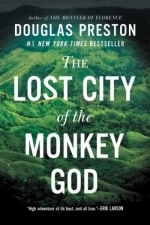
The Lost City of the Monkey God
Book
The #1 New York Times and #1 Wall Street Journal bestseller! A five-hundred-year-old legend. An...
History archeology

Mists of the Serengeti
Book Watch
From New York Times and USA Today bestselling author, Leylah Attar, comes a compelling, emotionally...
Romance fiction
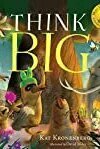
Think Big (The Live Big Series #3)
Book
Set in the wilds of the African savanna, Think Big follows moody Baboon as he discovers another...
Animals
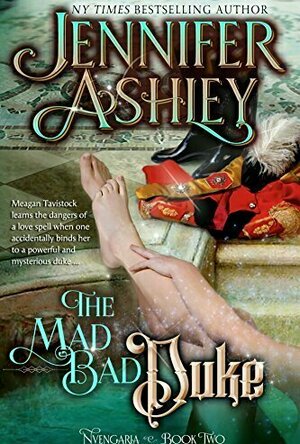
The Mad, Bad Duke (Nvengaria, #2)
Book
London, 1820 Miss Meagan Tavistock doesn’t believe the talisman her friend purchases from a...
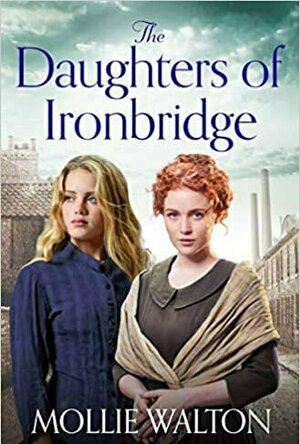
The Daughters of Ironbridge
Book
Perfect for fans of Maggie Hope and Katie Flynn - the first in a heartwarming new series set against...
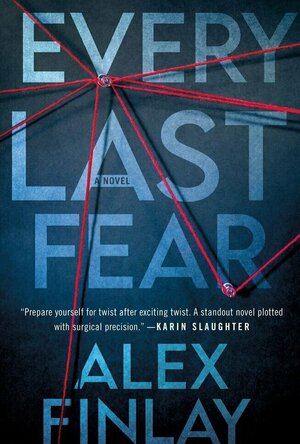
Every Last Fear
Book
“They found the bodies on a Tuesday.” So begins this twisty and breathtaking novel that traces...
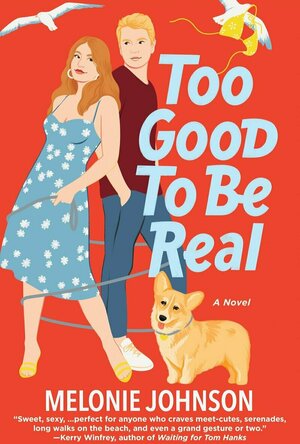
Too Good To Be Real: A Novel
Book
The perfect combination of sweet, sexy, and make-you-grin moments. - Lyssa Kay Adams, author of The...
